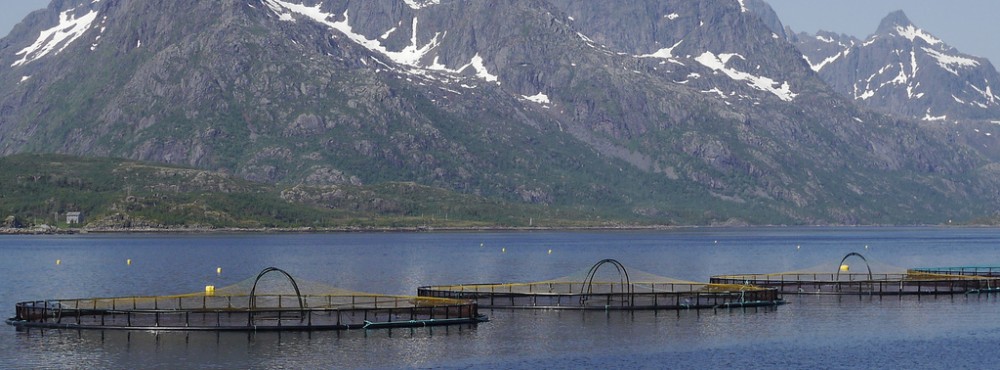Then what about the arguments against pain perception in salmon?
When experiencing a painful event, the human neo-cortex shows considerable activity and based on comparative anatomy, some scientists have gone to say that fish do not perceive pain or fear because they lack a neo-cortex (Rose, 2002). However, human brain activity is not exclusive to the neo-cortex when receiving a painful stimulus (Braithwaite, 2010). Underlying brain areas show changes in activity as well, as MRI studies show and salmon share some of these brain parts like the hypothalamus and forebrain. Thus, using the same anthropomorphic logic as some proponents of the aquaculture industry, we can say that fish, including salmon, do have some brain parts necessary to process pain since some brain parts involved in pain perception are homologous to humans.
Additionally, brain laterality (differential processing of information among the left and right hemispheres of the brain) in humans requires a neo-cortex. Since fish lack a neo-cortex, does this mean they do not have brain laterality? According to the anthropomorphic arguments of some, “yes”. But in fact, fish do have brain laterality without a neo-cortex (Braithwaite, 2010). So it is not safe to assume that fish do not have a certain function (like pain perception) based on comparative anatomy alone.
Furthermore, some argue that since fish have a short memory in the order of seconds, they would not remember any pain, even if they felt it, or would simply lack a complex brain enough to make perception out of something when they cannot form memories. However, juvenile salmon learn aspects of their environment when migrating to the sea and rely on this memory (that has lasted on the order of years) to return to the freshwater the came from to spawn (Sneddon et al, 2003). Thus salmon have more complex brains than some people thought and they are capable of forming memories. Thus, they might be able to remember a painful experience.
